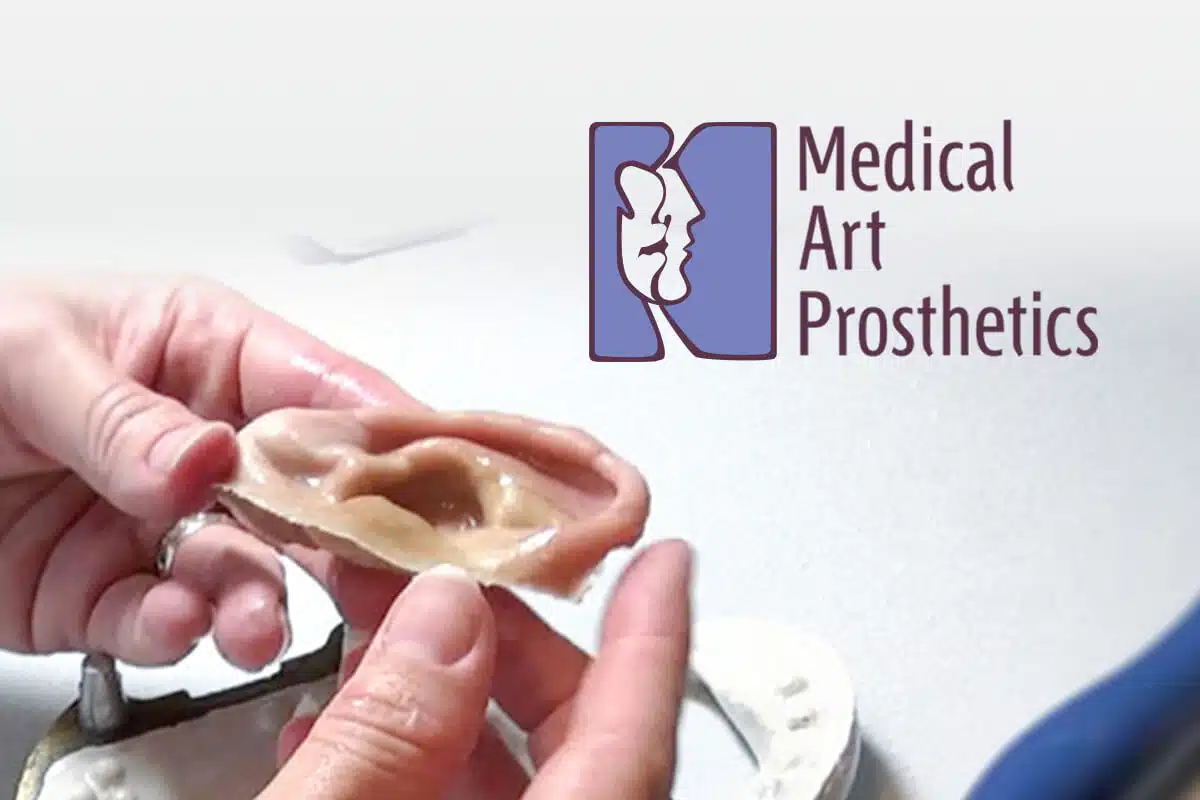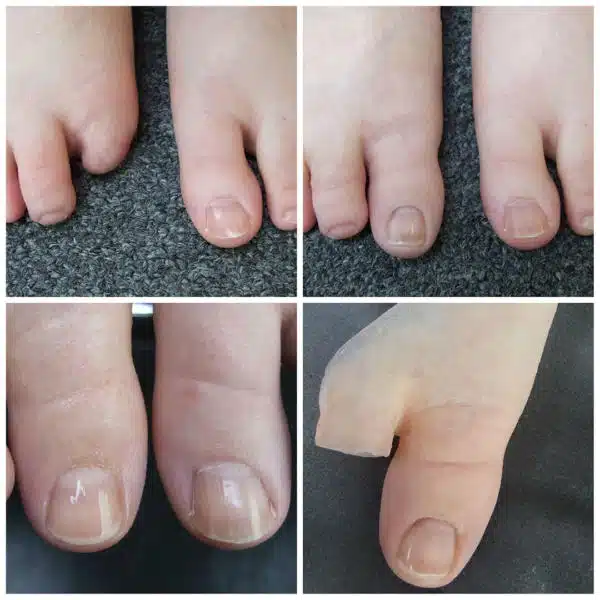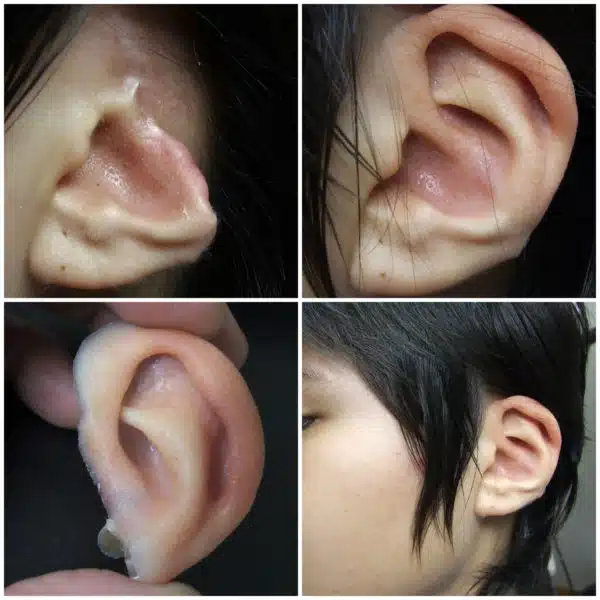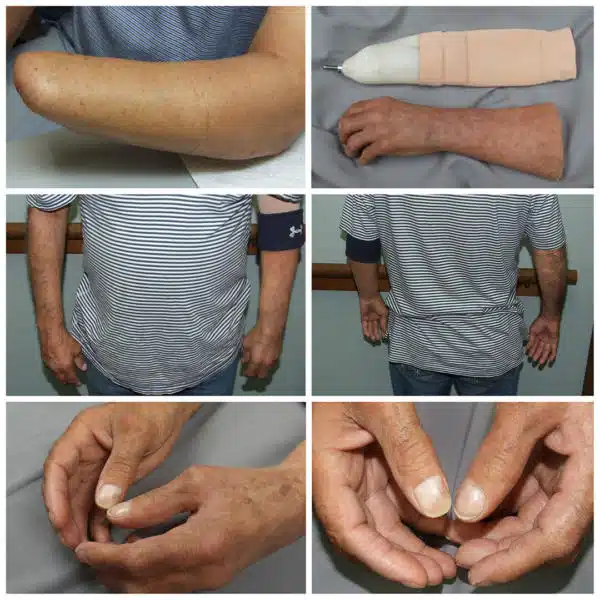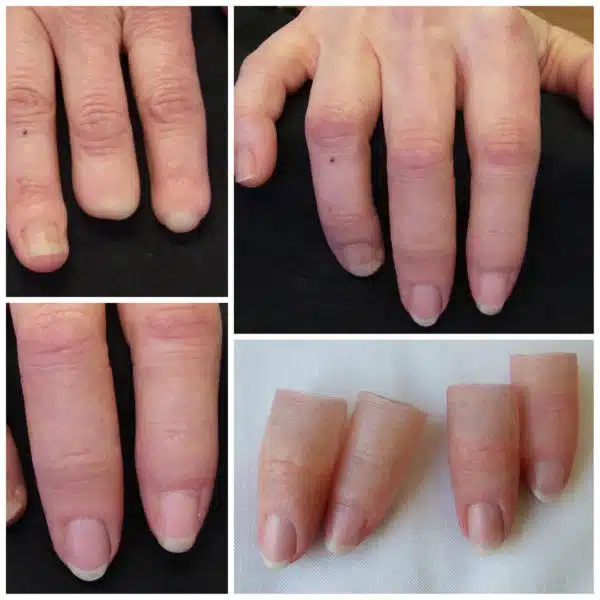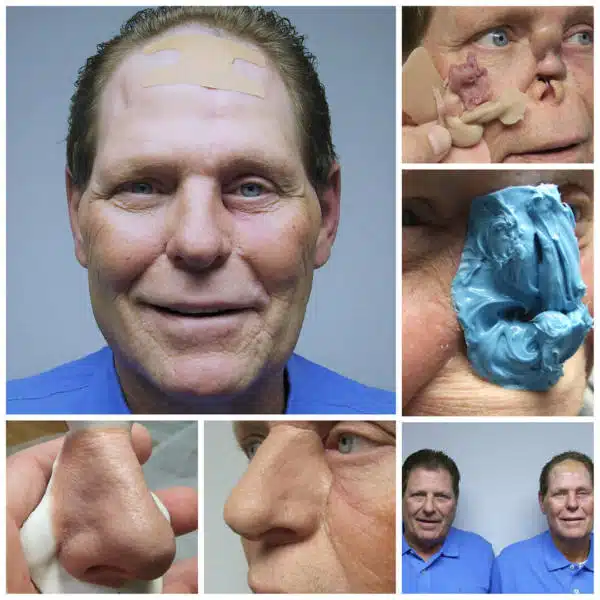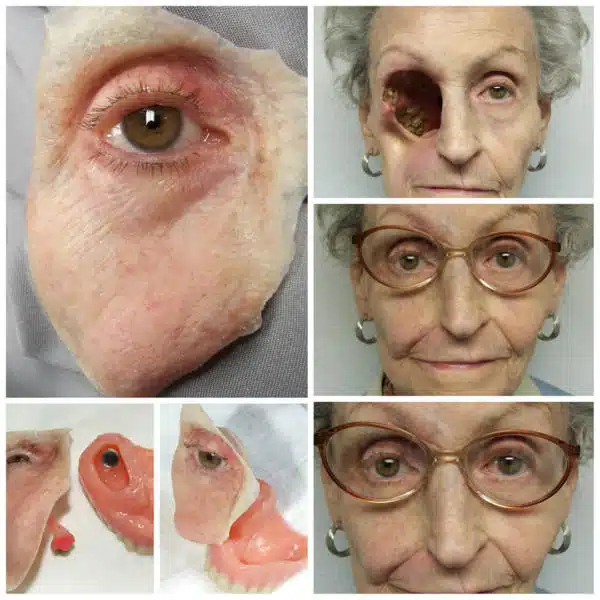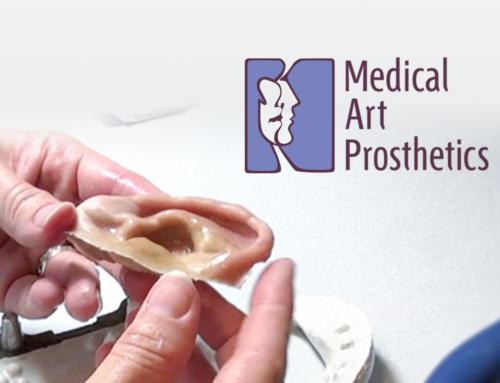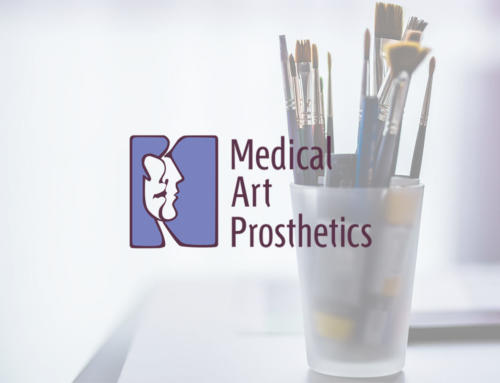Many people live day to day without incident or, if something does happen, it isn’t a life-threatening event. However, there is sadly a large amount of deaths each day throughout the world.
Surprisingly, these occurrences in people aged between 1 and 45 aren’t from illnesses, but from traumatic injuries such as car accidents and dangerous falls. If a person does survive such a traumatic event, they could be left with many kinds of severe and often permanent physical deformities
Types Of Damage
There are many kinds of traumatic injury. At any given time a person can tumble down a flight of stairs, get into a car accident, fall off a ladder or roof, get into a physical fight in which weapons are involved, and more. Even when being cautious, these things can happen to anyone.
Work Injuries
Loss of fingers, hands, toes… limbs can and do happen. Fingertip injuries can occur in accidents at home, work, or play. An injury can involve a sharp cut, a crushing injury, a tearing injury, or a combination of these injury types. An amputation can result from slamming your finger in a car door or catching your ring on a hook or nail.
An injury or amputation can damage any part of the finger or thumb including the:
- Skin and soft tissue
- Fingertip bone (distal phalanx)
- Nail and underlying nailbed
The tips of longer fingers tend to be injured more often because they are last to escape from harm’s way.
Your fingertips are rich with nerves and are extremely sensitive. Without prompt and proper treatment, a fingertip injury can cause problems with hand function, and may even result in permanent deformity or disability. To ensure the best outcome, it is important to have your doctor examine your finger or thumb after an injury.
Vehicle Accidents
The Association for Safe International Road Travel (ASIRT) estimates that over 1 million people are killed in car accidents each year, and an additional 30-50 million are injured or disabled. Limbs and appendages can be lost, faces can be damaged. Victims of an accident are often left traumatized physically and emotionally.
When a person is involved in an accident in cars or on bicycles, our prostheticians can successfully recreate or reshape facial damage caused by the trauma.
Falls
A person’s injuries from a fall are mostly determined by how high up they are. A fall from a ladder can cause different injuries compared to a fall from a roof or a fall down the stairs. Regardless of the type of fall, bones can break, and organs can be punctured. The damage can be irreparable, and is sometimes fatal.
Often, after a fall, a person’s face can be marred. Injuries can range from broken facial bones to damaged nerves. The prostheticians at Medical Art Prosthetics have treated many patients who have suffered a traumatic injury from a fall, ensuring that the final result leaves the patients happy and confident.
Other Types of Damage
Our prostheticians see many patients who have been affected by a traumatic injury, but there are others affected by loss of limb, eye, or by facial damage that need our help, too.
Cancer and Other Diseases
Cancer is a terrifying disease that can affect people in all different parts of their bodies. From breast cancer to stomach cancer, bone cancer to eye cancer, it was estimated that it claimed over 580,000 people last year alone, and over 1.6 million new cases of cancer would be diagnosed. On top of that, there are other diseases that can leave a person permanently scarred. Many lose body parts, such as breasts, eyes, fingers and toes, hands and feet.
Patients who have come to Medical Art Prosthetics with trauma from a disease can be assured that the prostheticians will work with them to repair that damage with life-like reconstruction or replacement.
Congenital Amputation, Microtia and Goldenhar Syndrome
Congenital amputation is a birth defect. It is when a baby is born without a limb or part of their body. It is estimated that one in about 2,000 children are affected by congenital amputation, and most of the time, the cause is unknown.
Children born without a specific body part aren’t necessarily hindered and can learn to grow up with the defect, but oftentimes they struggle with fitting in as they age and start to spend time with other kids. Each year about one in 6000 children are born without an ear. Some of these children are born with microtia (small ear), a condition where the ear does not develop and is small in size. Some are born with no ear tissue at all (anotia) and sometimes both sides are affected (bilateral microtia, anotia). Some children have Goldenhar Syndrome. Medical Art Prosthetics has multiple locations throughout the nation, and would love to meet you and your child for a consult to see how we can help.
Your New Prosthesis
If you or a loved one has been involved in a traumatic injury, give us a call. Our prostheticians specialize in the life-like replacement and reconstruction of eye, facial, finger, ear, hand, foot, nose or other visible aesthetic prosthesis. They treat many different cases each day, changing people’s lives and helping them not only by reconstructing a damaged part of their bodies, but also by helping them regain confidence in their appearances.
Patients of Medical Art Prosthetics, LLC have been thrilled with their results, and our prostheticians continuously look forward to helping more people who are suffering after a traumatic injury.
Our Difference
Since 1985 we at Medical Art Prosthetics have established unique specialty practices dedicated exclusively to the challenge of creating faithful anatomical prosthetic restorations for people who are missing ears, noses, eyes, or have amputations or differences involving the hand and foot. Our Madison, Wisconsin-based clinic has been established nearly 13 years for the express purpose of creating the most accurate and life-like facial, hand and body prosthetics available. We now celebrate over 2 years of being the first accredited facility in the United States in providing ocular, facial, breast, somatic and limb prosthetics categories by a dual-board certified prosthetics practitioner. These unique and personal devices require this level of artistry and professional accomplishment for success, and we have been here for hundreds of clients from across the nation.
The Process
The creation of a highly detailed prosthesis will always demand an artist’s finesse of rendering color and minute detail, but our process now combines our well-honed art skills with new digital scanning/3D printing technology to dramatically streamline the process for our patients near and far.
We create your prosthesis in as few as 2 or 3 office visits or 3 or 4 consecutive days, depending on your location or preference. Our scheduling is very flexible and we will create a simple plan to accommodate your location and proximity to one of our treatment locations. Learn in more detail about the process.

